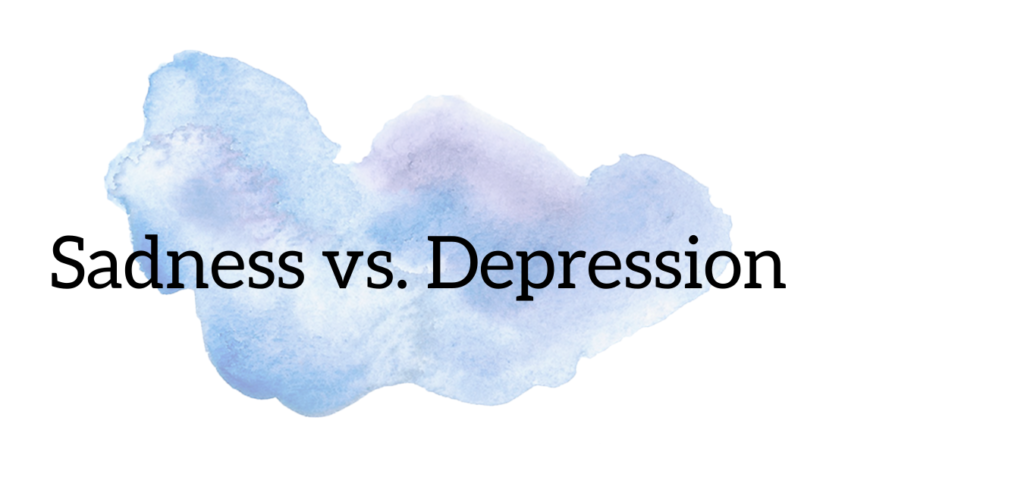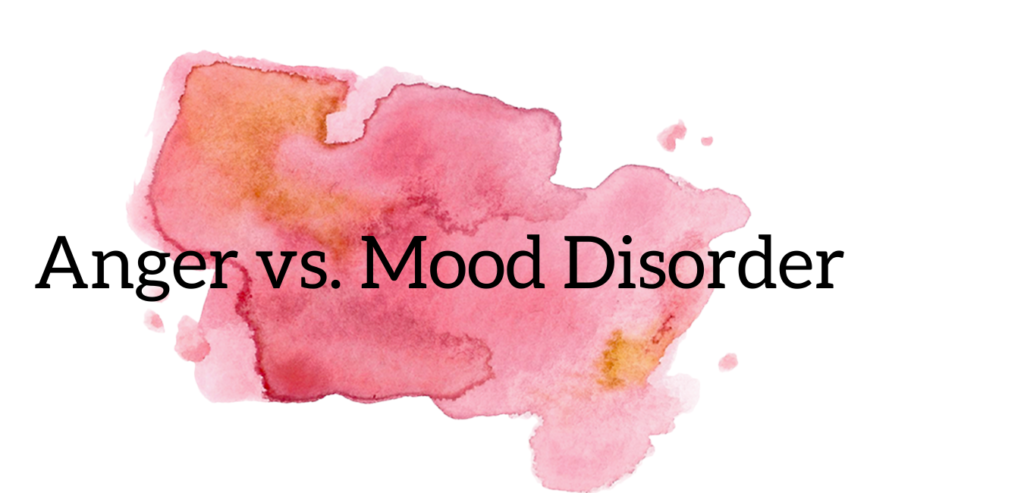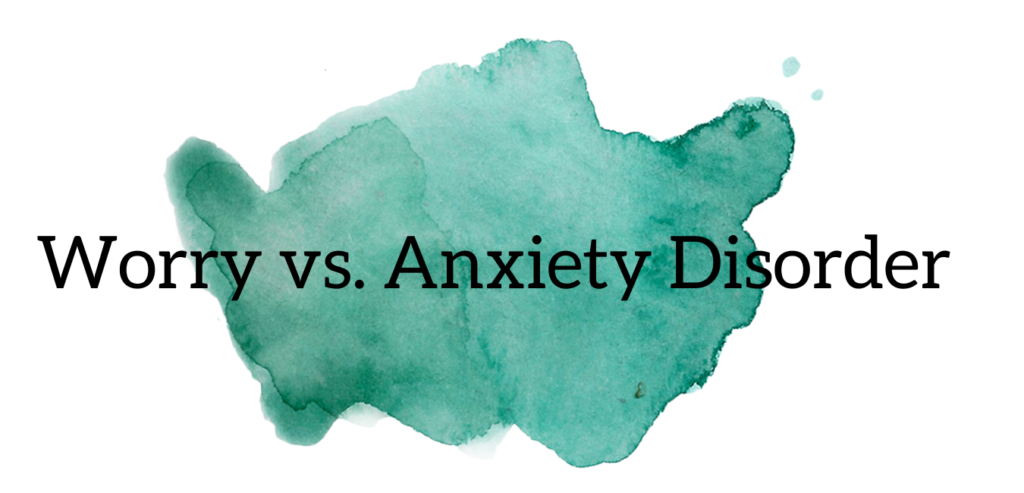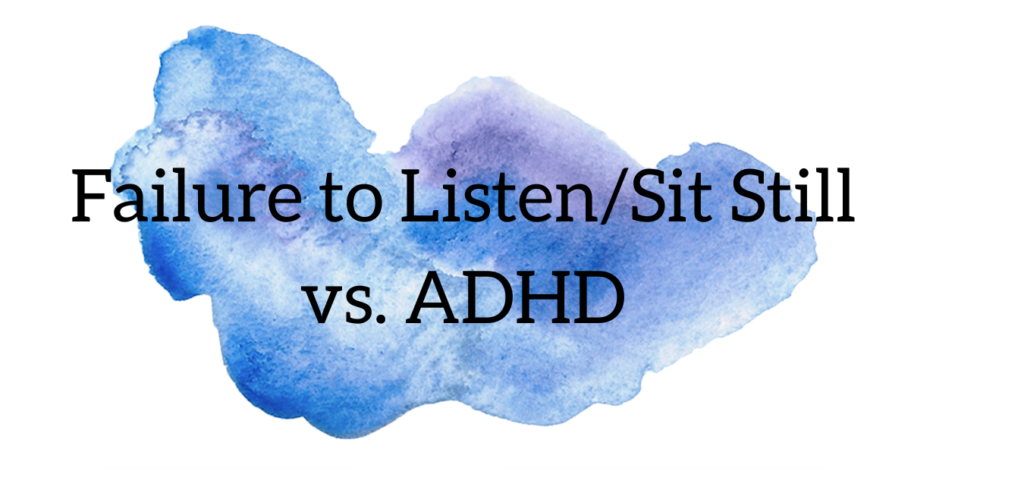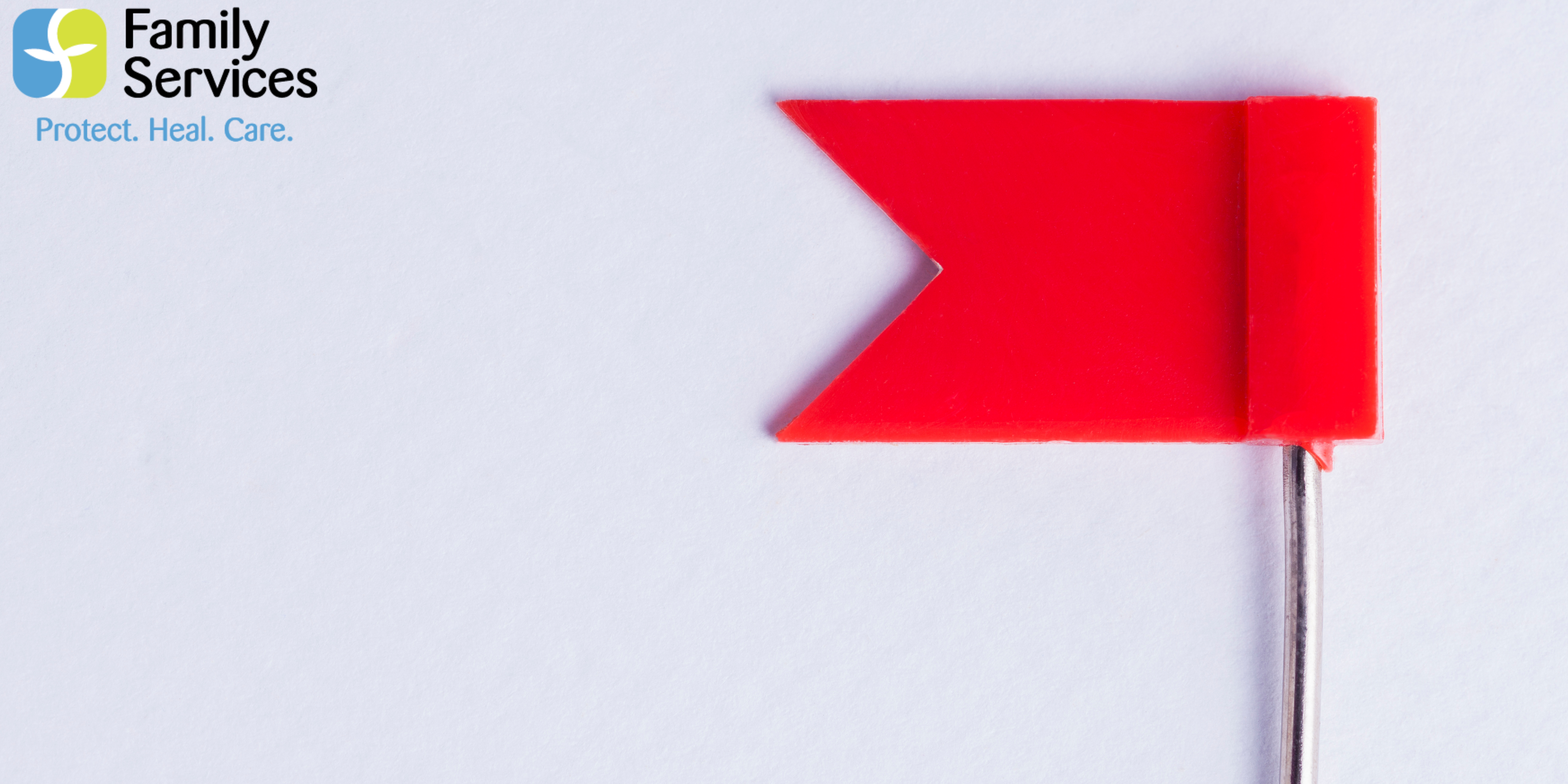4 Trends at Willow Tree Cornerstone Child Advocacy Center
The recent trends in child abuse and neglect that are being seen at Willow Tree. How the Child Advocacy Center in Green Bay is responding amidst the COVID-19 pandemic.

By Kristie Sickel
Program Supervisor/Forensic Interviewer
Willow Tree Cornerstone Child Advocacy Center
On August 12, 2020, Willow Tree will host a Day of Giving in place of our 6th Annual fundraising event, the Life Saver River Cruise, which unfortunately had to be canceled this year. The event raises critical funds to ensure that abused and neglected children can access our care.
Our interview numbers at Willow Tree are down compared to last year at this time, but we believe this is due to children having less access to trusted adults and mandated reporters. Willow Tree has, however, noticed a trend of seeing kids that are more severely physically abused, neglected and sexually abused. As well as more kids in need of basic necessities from our clothing closet, such as shoes, clothes, hygiene supplies, etc.
We’ve noticed four concerning patterns related to the pandemic:
#1 – Increased Stress at Home: Children coming to Willow Tree have been experiencing a high level of stress in their home. Their parents or caretakers don’t have support to help them cope with the daily stressors that were heightened by the pandemic. Initially when the Safer at Home Order was put in place, Willow Tree began seeing an increase in physical abuse cases and children who witnessed violent crimes within their home.
#2 – Sibling Abuse: Abuse from older siblings also rose, due to parents working and schools closing. An older sibling might not intentionally abuse their younger sibling. However, they might not have the skills to properly take care of or handle them. Being alone and isolated is a huge risk factor for child abuse as well as economic insecurity, which a number of families continue to face.
#3 – Substance abuse within homes: This also became a trend in cases we are seeing. In June, a 4-year-old boy and his 1-year-old sister were brought to Willow Tree for medical evaluations due to allegations of neglect and drug abuse in their home. Medical evaluations were conducted on both children, resulting in the 4-year-old testing positive for 5 different substances and his sister testing positive for cocaine. Most often, children get drugs in their system from touching contaminated surfaces at home and then putting their fingers in their mouths. Considering the medical evaluation findings at Willow Tree, Child Protective Services was able to remove both children from the home and place them in safer environments.
#4 – Increased Acts of Sexual Abuse: A trend in sexual abuse we are seeing is not that the number of perpetrators is increasing, but rather that the number of acts of abuse is increasing. This is largely due to a perpetrator having more frequent access to the child in their home. Most children who are the victims of sexual abuse are abused by someone that they know and has close access to them. Kids are also spending more time unsupervised online, which is making them vulnerable to child sexual exploitation.
The silver lining in all this is that our community partners, such as law enforcement and Child Protective Services, are bringing these children to Willow Tree.
By doing this, our partners and our staff ensure that abused and neglected children are physically healthy through a medical evaluation, receive appropriate mental health services, support through advocacy and receive a quality interview from a trained forensic interviewer to assist with the prosecution of any potential criminal charges.
Despite the uncertainty in the world today, one thing is certain: that Willow Tree will remain open to help and support abused children in our community. With your donations, we can continue providing quality care and services to children who have been the victim of abuse.
Please, consider making a donation to Willow Tree using the button below, and help us continue providing critical care to abused and neglected children in our community!

